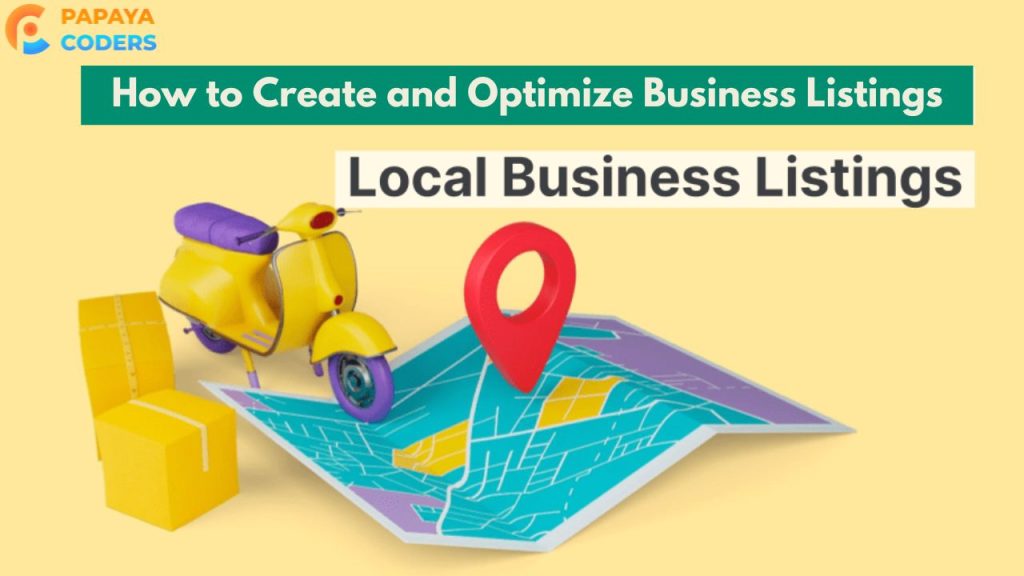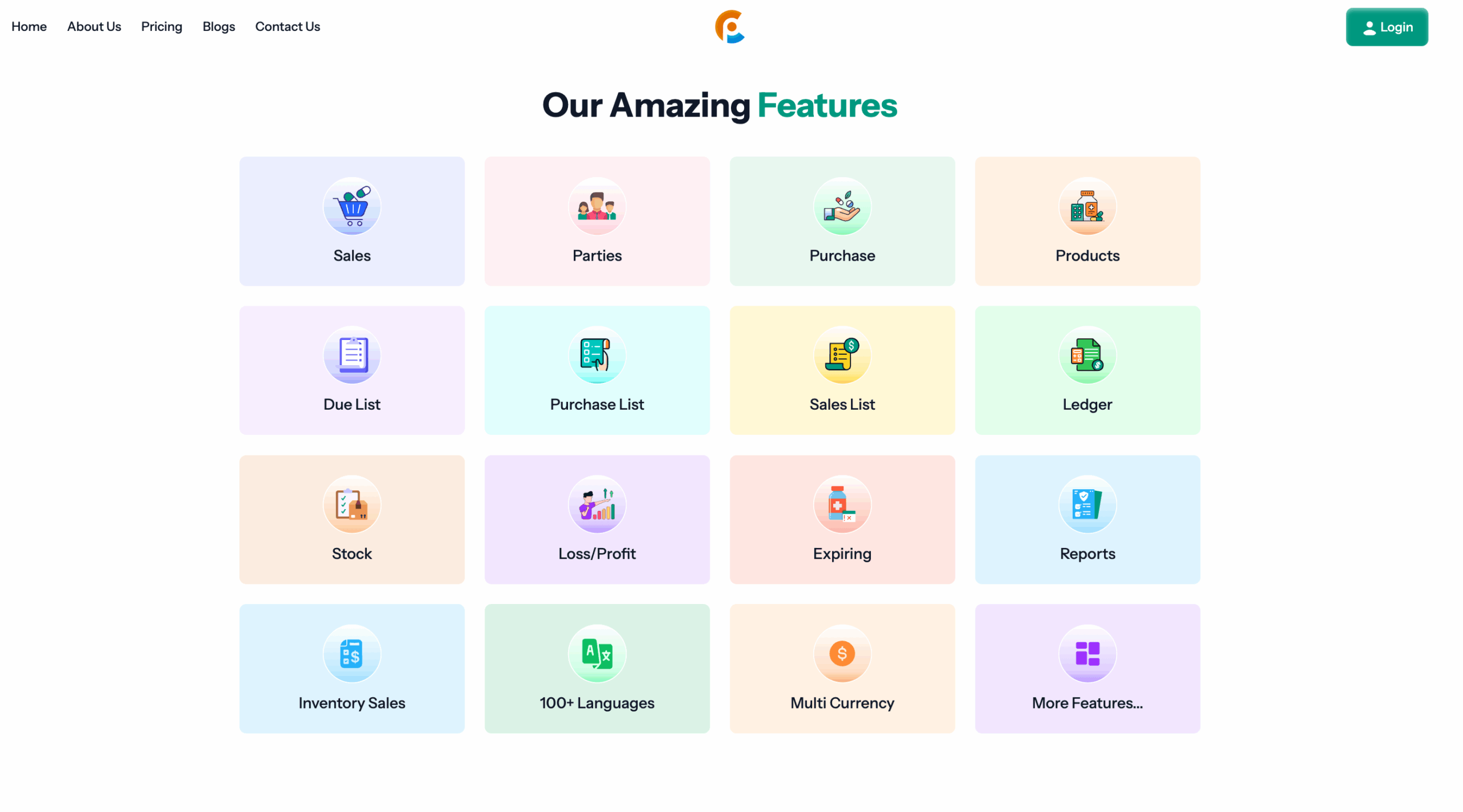In today’s digital world, local SEO (search engine optimization) has become a vital strategy for businesses to be found online. A key component of local SEO is business listings. If you are looking to know What is Business Listing in SEO? then you visit the perfect blog.
A business listing is an online profile of a business that provides key information such as its name, address, phone number (NAP), and website.
By creating accurate and optimized business listings, businesses can increase their online visibility, rank higher on search engines like Google, and attract more local customers. Look deeper at business listings and why they’re essential for SEO.
What is a Business Listing?
A business listing is an online entry of a business’s information on various platforms like Google My Business, Yelp, and Yellow Pages. It contains essential details such as:
- Business Name
- Business Address
- Phone Number
- Website
- Operating Hours
- Services or Products
- Customer Reviews and Ratings

These listings ensure that search engines and potential customers can easily find important details about your business, whether searching online or using maps for directions.
How Does a Business Listing Impact SEO?
Business listings play a vital role in local SEO. When users search for services or products near them, search engines use business listings to provide the most relevant results.
Accurate and consistent business information across different platforms ensures that your business appears in these local search results, which is crucial for attracting customers.
For example, Google uses business listings to decide which businesses to show in Google Maps and local search results. The more information you provide, your business will likely rank higher. Consistent and up-to-date listings help search engines understand your business’ location, relevance, and services.
Key Benefits of Business Listing in SEO

- Improved Local Visibility
Business listings increase the chances of your business appearing in local search results. When someone searches for a service you offer in your area, having an optimized business listing ensures that your business appears at the top of search results or on Google Maps.
- Build Trust and Credibility
Online directories like Google My Business help improve your visibility and allow customers to leave reviews. Positive reviews build credibility and trust, which helps convince potential customers to choose your business. Customers are likelier to trust businesses with a solid online presence and high ratings on these platforms.
- Increased Website Traffic
Business listings often include a link to your website. This means that whenever someone views your business listing, they can go directly to your website. This can significantly increase traffic to your site, helping you get more leads and potential customers.
- Boost Search Engine Rankings
Accurate and consistent business listings are ranking factors for local SEO. Search engines like Google value well-maintained listings with the right information. These listings help improve your position in local search results, leading to more visibility and business opportunities.
How to Create and Optimize Business Listing in SEO

Step 1: Claim Your Google My Business Profile
The first step in creating an effective business listing is to claim your Google My Business profile. This free tool from Google allows your business to appear on Google Search and Google Maps. To claim your listing, simply visit the Google My Business website and follow the steps to add your business details.
Once your listing is claimed, you can update and manage your profile, post updates, upload photos, and respond to customer reviews. A complete and active Google My Business profile increases your chances of ranking high in search results.
Step 2: Ensure Consistency Across All Platforms
Consistency is key for business listings. Ensure that your Name, Address, and Phone Number (NAP) are identical across all platforms. If your business information is inconsistent on different websites, search engines may become confused, hurting your SEO efforts.
For example, if your business name on Yelp is different from the name on your website, search engines may struggle to recognize that they are the same entity. Always double-check your information for accuracy.
Step 3: Add Photos and Updates
Including photos of your business, products, or services in your listing makes it more appealing and helps attract potential customers. High-quality images can give users a better understanding of what your business has to offer. Google My Business allows you to add photos and post updates about promotions, events, or news.
Step 4: Encourage Customer Reviews
Customer reviews play a vital role in SEO. Positive reviews signal to search engines that your business is trustworthy, which can improve your rankings.
Encourage satisfied customers to leave reviews on platforms like Google, Yelp, and other industry-specific directories. Responding to positive and negative reviews shows you value customer feedback and engagement.
Step 5: Regularly Update Your Business Listing
Make sure your business listing remains accurate by regularly updating your profile. New business hours, a new phone number, or service updates should be visible immediately. Outdated information can frustrate customers and negatively impact your online reputation.
Common Mistakes to Avoid in Business Listings
- Inconsistent Information
Ensure that your NAP details match across all listings. Inconsistent information can harm your rankings and confuse customers. - Neglecting Customer Reviews
Customer reviews are a powerful ranking factor. Failing to ask for reviews or ignoring them can hurt your reputation and visibility. - Incomplete Listings
A business listing with missing or inaccurate information is less likely to appear in search results. Always provide complete details about your business.








